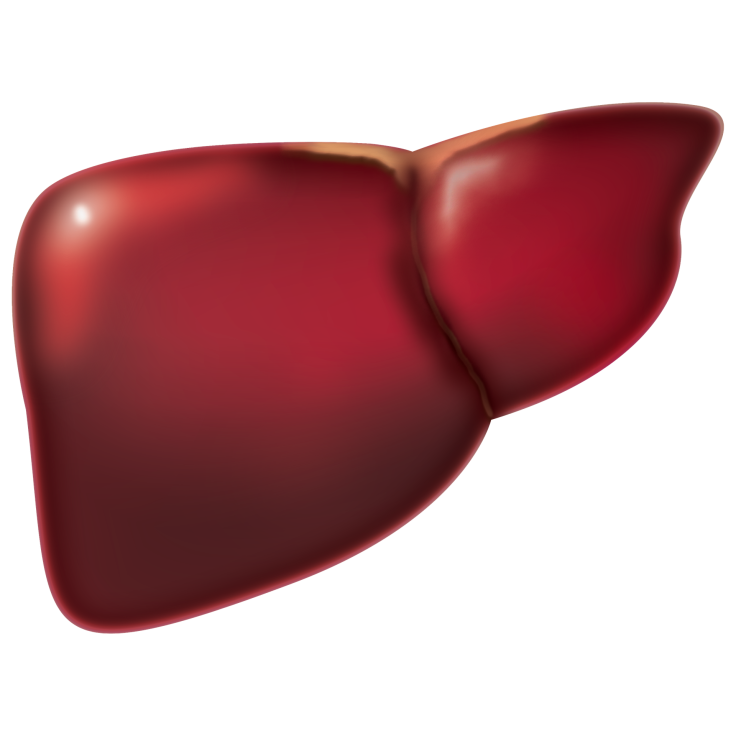Transforming Spleen Into Liver Might Solve Global Challenge For Transplantation

KEY POINTS
- The average waiting time for a liver transplant is 149 days
- Several people die awaiting a liver transplant
- Researchers now have a new idea to solve this issue
Chinese researchers have developed a means for manipulating a mouse spleen into behaving like a liver and this seems like a promising alternative to transplantation.
With over fifty million sufferers worldwide, chronic liver disease has become very common. People in need of a transplant, unfortunately, die before an organ becomes available. Due to this reason, experts worldwide continue to work towards finding a solution for treating liver diseases or to replace the organ completely with something else.
In that effort, a team of experts affiliated with several institutions across China has come with the idea of replacing spleen for an affected liver.
Spleen- It is an organ located in the abdomen and is responsible for producing and removing blood cells, and is therefore considered a part of the immune system itself. But the organ’s role is very limited, and this is why individuals can survive with damaged spleens or even after splenectomy.
The Study:
The researchers surgically removed the spleen of test mice and injected it with a biological agent that forced the organ to enlarge and get stiffer, enabling the growth of new cells. These structures were then placed inside the mice models. The researchers transplanted liver cells into these newly created structures and each of them received different kinds of liver cells from different donors.
They then let the liver cells grow inside the mice for about eight weeks. During that period, they observed that all the transplanted spleen had changed into liver-like organs. The researchers then removed 90% of the liver in each of them.
And here’s what they found:
- All of the mice with spleen-like organs survived for 48 hours
- Those with reduced livers without transformed spleens died
However, further testing is needed before implementing the technique in human beings. However, the researchers believe that their option is quite promising.
“Our approach shows its competence in overcoming the key challenges in tissue regeneration, including insufficient transplants, immune rejection, and poor vascularization. It may be ready for translation into new therapies to regenerate large, complex human tissue/organs,” said the researchers in their paper published in Science Advances.
© Copyright IBTimes 2025. All rights reserved.






















